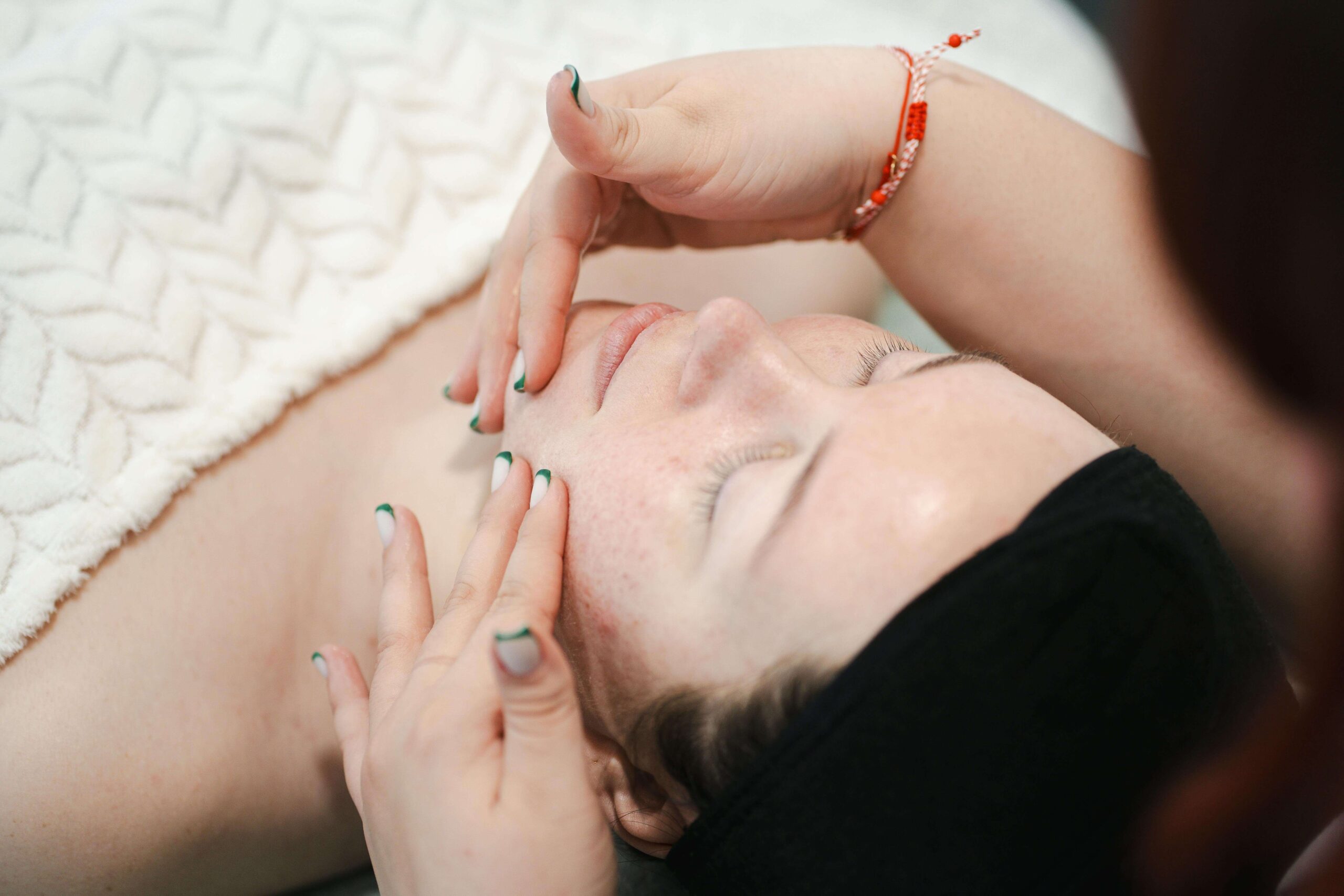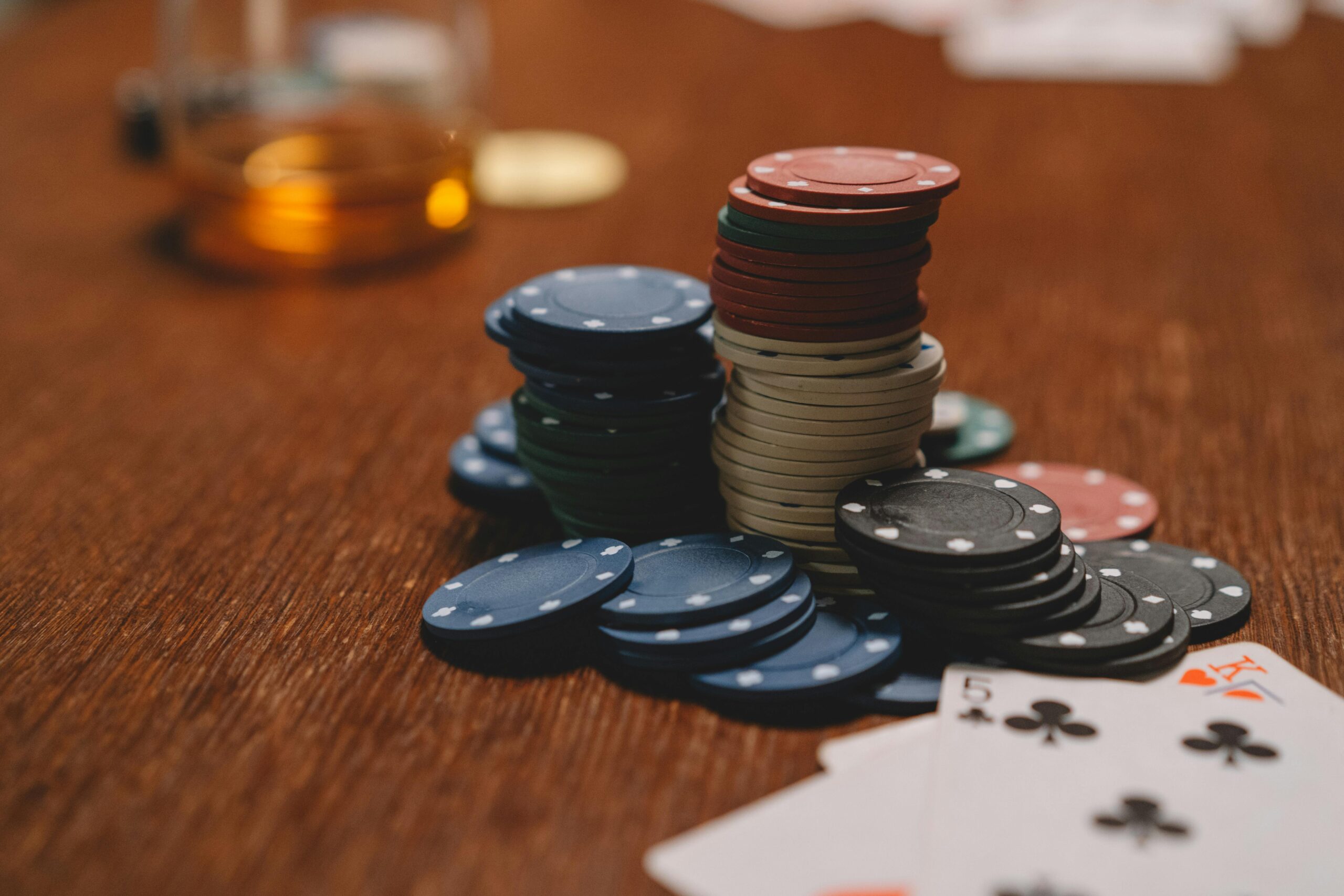As a runner, you love your sport, but you worry about getting hurt. This guide offers key tips to prevent injuries and keep you safe while running. You’ll learn about running mechanics, the right gear, and strength training. These methods can lower the chance of injuries and make your runs better.
Table of Contents
ToggleKey Takeaways
- Understand the importance of proper running form and biomechanics to prevent injuries.
- Learn how to select the right running shoes to support your feet and reduce the risk of injury.
- Incorporate strength training exercises to build muscle and enhance running performance.
- Explore cross-training activities to complement your running and reduce the risk of overuse injuries.
- Implement recovery strategies, such as foam rolling and proper warm-up and cool-down routines, to support your body’s needs.
Understanding Running Biomechanics
Exploring the mechanics of running is key to preventing injuries. Knowing how your body moves while running helps spot and fix biomechanical issues that could lead to injuries. This part looks at the role of proper running form and foot strike patterns.
Proper Running Form
Having the right running form is vital for running well and staying injury-free. It means having your body in the right position, your arms in the right spot, and your stride right. Keeping your body straight, shoulders calm, and arms moving naturally makes you run better and lowers injury risk.
- Maintain a tall, upright posture with your head up and eyes focused ahead.
- Keep your shoulders relaxed and avoid excessive arm swing or tension.
- Land with your foot directly under your body, avoiding overstriding.
- Engage your core muscles to maintain stability and balance.
Foot Strike Patterns
How your foot hits the ground while running affects your running biomechanics. There are three main ways your foot can strike: heel strike, midfoot strike, and forefoot strike. Knowing your foot strike pattern helps you adjust your form to run better and lower injury risk.
- Heel Strike: This is the most common way, where the heel hits the ground first. It can increase impact forces and raise injury risk.
- Midfoot Strike: The midfoot lands first, reducing impact forces and promoting a smoother run.
- Forefoot Strike: The toes and ball of the foot hit the ground first. It reduces impact forces but needs strong calf and Achilles tendons.
Trying out different foot strike patterns and finding the best one for you can make you run more efficiently and lower injury risk.
“Proper running form is not just about looking good; it’s about running efficiently and reducing your risk of injury.” – Running Coach, Jane Doe
Selecting the Right Running Shoes
Finding the right running shoes is key to your performance and keeping you injury-free. When picking the best running shoe, think about your foot type and the surfaces you’ll run on. The right shoes ensure your feet stay cushioned, your joints are supported, and your running is smooth and comfy.
Assess Your Foot Type
Start by figuring out your foot type. Are you a neutral runner with a high arch, or do you have low arches and overpronate? Knowing this helps you choose shoes with the right cushioning and stability.
Consider the Running Surface
The surface you run on matters a lot. Running shoes for the road won’t cut it for trails, and vice versa. Pick a shoe that matches the surfaces you’ll be on.
Prioritize Comfort and Fit
How the running shoe feels on your foot is crucial. It should fit well, not be too tight. Try out different styles and brands to find the best fit for you.
Choosing the right running shoes can change your training and races. By finding the perfect fit, you’ll run safer and enjoy it more.
Strength Training for Runners
Adding strength training to your running can really help prevent injuries. It makes your core and lower body stronger. This helps keep your joints stable, improves how you run, and lowers injury risk. Let’s look at the best exercises for runners.
Core Strength Exercises
A strong core is key for good running form and avoiding back and hip problems. Add these exercises to your workout:
- Planks (front, side, and reverse)
- Crunches and sit-ups
- Bridges and hip raises
- Bird dogs
- Hollow body holds
Lower Body Strengthening
Strengthening muscles like your quads, hamstrings, and glutes helps you run better and lowers injury risk. Try these lower body strengthening exercises:
- Squats (bodyweight, goblet, and barbell)
- Lunges (forward, reverse, and lateral)
- Step-ups
- Deadlifts
- Calf raises
Adding core strength exercises and lower body strengthening to your plan is great for preventing injuries. A strong base lets you run better, more efficiently, and safely.
Check out the resources available to learn more about strength training for runners. Find the right exercises for your training plan.
“The key to injury-free running is a strong, balanced body. Invest in strength training, and you’ll see the benefits on the road.”
Injury Prevention for Runners
As a dedicated runner, you know how vital it is to stay injury-free. Injury Prevention for Runners is key to keeping your running routine healthy and lasting. This section will cover the most common running injuries and offer tips to prevent them.
Stress fractures are a big concern for runners. These are tiny bone cracks from too much stress and overuse. To avoid them, slowly up your training to let your bones get used to the extra work. Also, doing weight-bearing exercises can make your bones stronger and more resilient.
Plantar fasciitis is another common issue. It’s a painful inflammation of the tissue on the foot’s bottom. Stretching your calf muscles and wearing supportive shoes can ease and prevent plantar fasciitis.
IT band syndrome causes pain on the outer thigh and knee. Using foam rollers and specific stretches for the IT band can keep it flexible and lower injury risk.
- Gradually increase training volume and intensity to prevent stress fractures
- Strengthen calf muscles and use supportive footwear to prevent plantar fasciitis
- Perform foam rolling and IT band stretches to prevent IT band syndrome
By knowing the common Injury Prevention for Runners and taking steps early, you can keep up your running and cut down on injuries. Remember, preventing injuries is crucial for a long and successful running career.
Cross-Training for Injury Prevention
Runners often focus too much on running. But adding cross-training can help prevent injuries. It strengthens muscles and joints used in running and gives a break from the constant pounding.
Low-Impact Cross-Training Activities
One big plus of cross-training is doing low-impact activities that go well with running. Cross-Training for Runners like cycling, swimming, and yoga can lower the risk of injuries. They keep your heart fit too.
- Cycling: It’s easy on the joints and helps build leg strength and endurance without the stress of running.
- Swimming: This activity has no impact and works your whole body. It gives your legs a break.
- Low-Impact Cross-Training Activities like yoga improve flexibility, balance, and core strength. These are key for running without getting hurt.
Adding these activities to your routine helps prevent injuries. It also makes your workouts more interesting, keeping your body and mind active.
| Cross-Training Activity | Benefits for Runners |
|---|---|
| Cycling | Low-impact, builds leg strength and endurance |
| Swimming | Zero-impact, works the entire body |
| Yoga | Improves flexibility, balance, and core strength |
By mixing up your training with these Low-Impact Cross-Training Activities, you can stay strong, healthy, and avoid injuries. This will boost your performance on the road.
Overuse Injury Prevention Strategies
We all want to keep up with our running goals. But, pushing too hard can lead to overuse injuries. These injuries can stop us from training for weeks or even months. It’s important to know how to prevent these injuries.
Recognizing Signs of Overtraining
Knowing the signs of overtraining is key to preventing injuries. Watch for constant tiredness, a higher resting heart rate, and a drop in how well you perform. If you see these signs, it’s time to ease up on your training. Talking to a sports medicine specialist can also help you figure out why you’re overtraining.
- Persistent fatigue
- Increased resting heart rate
- Decline in running performance
Having a well-planned training schedule that slowly increases your running is key to avoiding injuries. Pay attention to how your body reacts and make sure you recover well. Adding cross-training and strength exercises can also lower your risk of getting overuse injuries.
“Listening to your body and respecting the need for recovery is essential in preventing overuse injuries. Overtraining can have far-reaching consequences, so it’s important to find the right balance between pushing yourself and allowing your body to adapt.”
Long-term success in running means balancing training, recovery, and injury prevention. By paying attention to signs of overtraining and using effective strategies, you can stay on track to your best performance. This way, you avoid the hassle of overuse injuries.
Foam Rolling for Injury Prevention
Runners often face aches and pains from their sport. Foam Rolling for Runners is a great way to tackle these issues. It uses a foam roller for relief and quick recovery.
Myofascial Release Techniques
Foam rolling, or Myofascial Release Techniques, focuses on the tissue around our muscles. By rolling on certain spots, it helps ease tension, lowers inflammation, and boosts flexibility. This is especially helpful for runners, who face constant stress from training and races.
- Improved Flexibility: Foam rolling can make muscles like the quadriceps, hamstrings, and calves more flexible.
- Reduced Inflammation: Rolling helps clear out lactic acid and other exercise byproducts, cutting down on inflammation and speeding up recovery.
- Enhanced Mobility: It breaks up adhesions and knots in the fascia, making joints and muscles work better and lowering injury risk.
Adding Foam Rolling for Runners to your routine can change the game. Regular foam rolling keeps muscles, tendons, and joints healthy. This lets you train harder and perform better on the roads and trails.
“Foam rolling is an essential part of my training routine as a runner. It has helped me recover faster, stay flexible, and avoid many of the overuse injuries that plagued me in the past.”
– Elite Runner, Jane Doe
Proper Warm-up and Cool-down Routines
Getting your body ready for a run and helping it recover is key to avoiding injuries. Having good warm-up and cool-down routines is vital. They help improve your performance and lower injury risks.
Start with a light jog or brisk walk to get your blood moving. Then, do dynamic stretches for the main muscle groups you’ll use, like your hips, hamstrings, and calves. These stretches increase your flexibility and get your body ready for the run.
- Walking lunges
- High knees
- Arm circles
- Leg swings
After running, cool down with some light activity and static stretches. This helps your muscles recover, reduces soreness, and keeps flexibility. Walk or jog slowly, then do static stretches that hold for 30 seconds or more.
- Calf stretches
- Hamstring stretches
- Quadriceps stretches
- Hip flexor stretches
Adding these warm-up and cool-down steps to your running routine keeps you injury-free and performing well. Always listen to your body and change exercises as needed for a safe, effective workout.

“Warming up and cooling down are essential for any runner, no matter your experience level. It’s the foundation for a healthy, sustainable running routine.”
Recovery Strategies for Runners
As a runner, it’s key to recover well to avoid injuries and keep performing well. This part talks about how nutrition, hydration, and active recovery help your body fix, rebuild, and adjust after hard runs.
Nutrition for Recovery
It’s important to eat the right foods to recover. Try to eat a balanced meal or snack within 30 minutes after your run. Focus on carbs, proteins, and healthy fats. These help refill energy stores, fix muscles, and lessen swelling.
- Incorporate lean proteins like chicken, fish, or plant-based options to support muscle recovery.
- Choose complex carbohydrates such as whole grains, fruits, and vegetables to restore energy levels.
- Include healthy fats from avocados, nuts, or olive oil to aid in the absorption of vitamins and reduce inflammation.
- Stay hydrated by drinking plenty of water before, during, and after your runs.
Active Recovery Techniques
Along with good nutrition, active recovery methods can speed up your recovery. Doing light activities like cycling or swimming can boost blood flow and help muscles recover without too much strain.
| Active Recovery Technique | Benefits |
|---|---|
| Low-impact Cross-Training | Improves circulation, reduces muscle soreness, and maintains cardiovascular fitness |
| Active Stretching | Enhances flexibility, increases range of motion, and aids in muscle recovery |
| Foam Rolling | Releases muscle tension, improves mobility, and reduces the risk of injury |
By using recovery strategies for runners, like proper nutrition for recovery and active recovery techniques, you can help your body heal, adapt, and perform better.
Running Safety Tips
When you’re out running, your safety is the most important thing. Whether you’re jogging in your neighborhood or training for a marathon, being careful can prevent accidents and injuries. Here are some key running safety tips to help you stay safe and alert.
Staying Visible and Alert
It’s important to be seen by drivers and other people when you’re running, especially in the dark or near roads. Here are some ways to make sure you’re visible:
- Wear bright, reflective clothes like neon or fluorescent colors.
- Use reflective gear, like armbands or vests, to be more visible.
- Carry a handheld or headlamp when running in the early morning or evening.
- Pay attention to where you’re running and try to avoid places that are hard to see.
Being alert is also crucial when you’re running. Keep your eyes on the path and watch out for dangers like rough ground, loose stuff, or wild animals. Here are some tips to help you stay alert:
- Don’t wear headphones or earbuds that might distract you.
- Listen for cars, other runners, or dangers around you.
- Know the routes you run and pick ones that are less busy or safer.
- If something doesn’t feel right, trust your gut and change your route.
By following these running safety tips and staying visible and alert, you can make your runs safer and more fun. This way, you’ll lower the chance of getting hurt by accidents or other problems.
Listening to Your Body
As a runner, it’s key to listen to your body’s signals. Listening to Your Body is crucial for avoiding injuries. By noticing pain, discomfort, or strange feelings, you can fix issues early. This stops them from turning into bigger problems.
The human body sends us messages in subtle ways. Ignoring these signs can lead to overuse injuries, muscle strains, or other serious conditions. Paying attention to your body helps you make smart choices about training and recovery. This keeps you running well and injury-free.
- Identify pain or discomfort: If you feel pain, aches, or strange feelings during runs, don’t ignore them. They might signal an injury coming.
- Respond promptly: Fix any issues you see, like changing your running form, tweaking your training, or getting medical help if needed.
- Adjust your routine: Be ready to take a break or change your training if your body says it needs more rest and recovery.
- Seek professional help: If the pain or discomfort doesn’t go away or gets worse, don’t wait to see a healthcare expert. This could be a physical therapist or a sports medicine specialist.
“The body is the greatest piece of art.” – Mario Andretti
By Listening to Your Body, you learn more about what you need and make smart choices for your running health and performance. Remember, your body is your most valuable asset as a runner. So, treat it with the respect and care it deserves.
Injury Prevention Resources
We’ve put together a list of great resources to help you prevent injuries while running. These include articles and training programs led by experts. They offer valuable insights and guidance to keep you safe while running.
Educational Articles
- “The Biomechanics of Proper Running Form” by ABC Sports Medicine Clinic
- “5 Essential Strength Exercises for Runners” from Runner’s World Magazine
- “Understanding and Preventing Overuse Injuries” by Dr. Jane Smith, Orthopedic Specialist
Training Programs
- “Injury-Free Running” online course by Coach Emma Fitness
- Strength Training for Runners program by John Doe, Certified Strength and Conditioning Specialist
- Foam Rolling and Recovery Techniques Workshop by Jane Doe, Physical Therapist
Expert Advice
“Listening to your body and addressing issues early on is the key to injury prevention for runners. Don’t ignore pain or discomfort – seek professional guidance to identify the root cause and implement preventative measures.” – Dr. Sarah Johnson, Sports Medicine Specialist
| Resource | Focus | Availability |
|---|---|---|
| ABC Sports Medicine Clinic | Biomechanics and Proper Running Form | Online Articles |
| Runner’s World Magazine | Strength Training for Runners | Magazine and Website |
| Dr. Jane Smith, Orthopedic Specialist | Overuse Injury Prevention | Clinic Consultations |
| Coach Emma Fitness | Injury-Free Running Online Course | Online Course |
| John Doe, Certified Strength and Conditioning Specialist | Strength Training for Runners | In-Person and Online Programs |
| Jane Doe, Physical Therapist | Foam Rolling and Recovery Techniques | Workshop and Consultations |
By checking out these Injury Prevention Resources for Runners, you can learn a lot about preventing injuries. You’ll get to improve your running form and take a full approach to staying healthy on the trails.

Conclusion
This guide has shown you many ways to prevent injuries and stay safe while running. You learned about running biomechanics, choosing the right shoes, and adding strength and cross-training to your routine. These steps can lower the risk of injuries and make running more enjoyable.
It’s also crucial to warm up and cool down properly, and to recover well. This helps your body get ready for running and recover after. By paying attention to your body and knowing when you’re overdoing it, you can keep up your health and performance.
Remember, Injury Prevention for Runners and Runner Safety are key for a good running program. By using the tips from this guide, you’re on your way to reaching your running goals while keeping your health in check. Enjoy and stay safe while running!
FAQ
What are the key elements of proper running form?
Good running form means keeping your head up and looking forward. Your shoulders should be relaxed, and your arms swing naturally at your sides. Make sure your foot hits the ground near the midfoot, right under your body. These tips can make you run better and lower your injury risk.
How can strength training benefit runners?
Strength training helps runners avoid injuries. It strengthens your core and lower body, making your joints more stable and your running mechanics better. Focusing on your glutes, hamstrings, and hip flexors is key for runners.
What are some effective cross-training activities for runners?
Try low-impact activities like cycling, swimming, and yoga to support your running. These exercises work different muscles and boost your fitness without the impact of running. They also keep your heart healthy when you’re not running.
How can foam rolling help prevent injuries for runners?
Foam rolling is great for runners to prevent and recover from injuries. It helps release muscle tension, reduce swelling, and increase flexibility in areas like the calves, quads, and IT band. Adding foam rolling to your routine keeps muscles healthy and lowers injury risk.
What are some effective warm-up and cool-down routines for runners?
Warm-ups and cool-downs are key for avoiding injuries. Use dynamic stretches and mobility exercises to get ready for a run and help your body recover afterwards. After running, do some light walking or stretching to cool down and prevent stiffness.
How can runners listen to their body to prevent injuries?
It’s important to notice any pain or unusual feelings during or after running. If you feel something off, take action quickly. Always get medical advice if symptoms don’t go away, and be ready to adjust your training or rest when needed.









